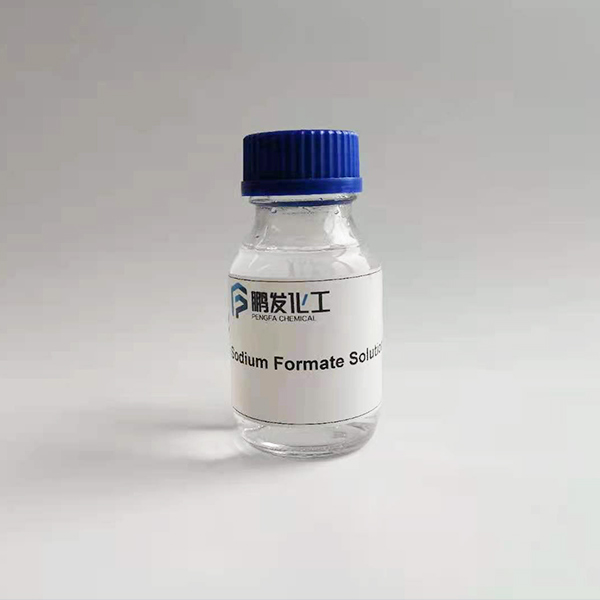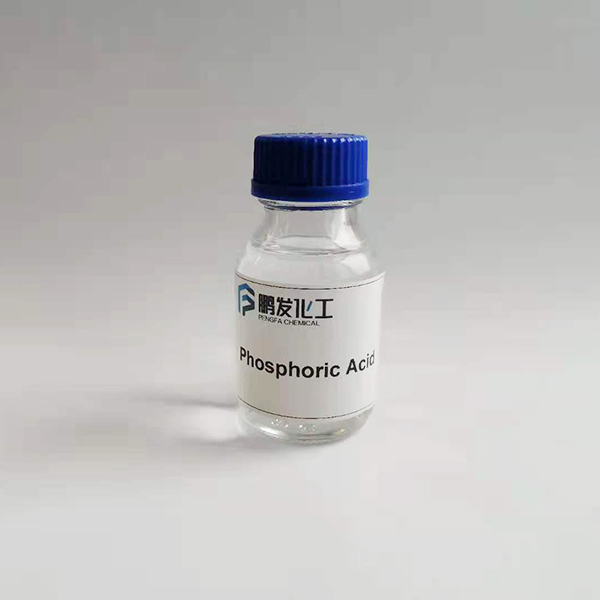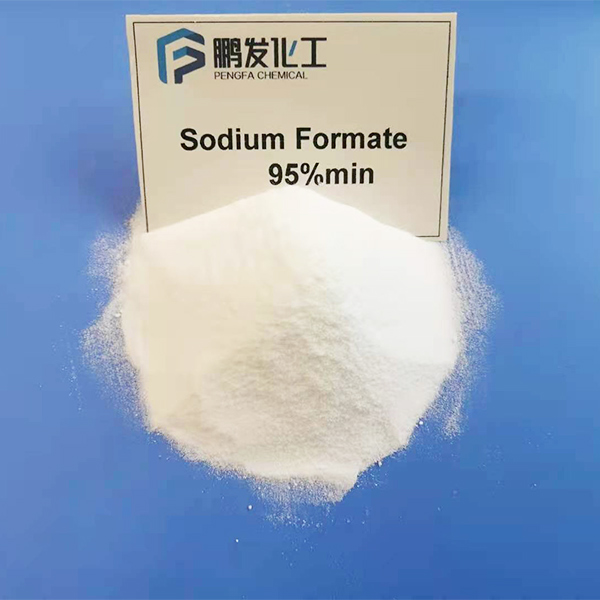Application of sodium acetate in sewage treatment plant
Application of sodium acetate in sewage treatment plant,
Chinese sodium acetate solution, Chinese sodium acetate suppliers, Sodium Acetate, sodium acetate effects, sodium acetate effects and uses, Sodium acetate manufacturers, Sodium Acetate Solution, sodium acetate solution manufacturers, sodium acetate suppliers, sodium acetate uses,
Main indicators:
Content: ≥20%, ≥25%, ≥30%
Appearance: clear and transparent liquid, no irritating odor.
Water insoluble matter: ≤0.006%
Main purpose:
To treat urban sewage, study the influence of sludge age (SRT) and external carbon source (sodium acetate solution) on the system’s denitrification and phosphorus removal. Sodium acetate is used as a supplementary carbon source to domesticate the denitrification sludge, and then use a buffer solution to control the increase in pH during the denitrification process within the range of 0.5. Denitrifying bacteria can adsorb CH3COONa excessively, so when using CH3COONa as an external carbon source for denitrification, the effluent COD value can also be maintained at a low level. At present, the sewage treatment in all cities and counties needs to add sodium acetate as a carbon source to meet the first-level emission standards.
Quality specification
|
ITEM |
SPECIFICATION |
||
|
Appearance |
Colorless transparent liquid |
||
|
CONTENT(%) |
≥20% |
≥25% |
≥30% |
|
COD(mg/L) |
15-18w |
21-23W |
24-28W |
|
pH |
7~9 |
7~9 |
7~9 |
|
Heavy metal(%,Pb) |
≤0.0005 |
≤0.0005 |
≤0.0005 |
|
Conclusion |
Qualified |
Qualified |
Qualified |
The application of sodium acetate as an additional carbon source for wastewater treatment plants includes the following steps
1) Adjust the ph value of industrial sewage in the regulating tank, and then adjust the ph value of industrial sewage in the precipitation tank for precipitation;
2) The precipitated industrial sewage is transported to the microbial culture tank for microbial oxidation treatment, and sodium acetate is added in the transportation process as the carbon source of microorganisms;
3) The industrial wastewater after microbial oxidation treatment is precipitated for a second time to obtain clear water discharge. Thus, the flammable and explosive problem of methanol as a carbon source is solved, and the cost is lower than that of methanol, starch, glucose, etc.
The application of sodium acetate as an external carbon source in sewage treatment plants is characterized by the following steps:
1) Adjust the ph value of industrial sewage in the regulating tank, and precipitate the industrial sewage after adjusting the ph value in the settling tank;
2) Transport the precipitated industrial sewage to the microbial culture tank for microbial oxidation treatment, and add sodium acetate as the carbon source of microorganisms in the transport process. The addition amount of sodium acetate is 5(Ne Ns)/0.68 per liter of sewage. Ne sewage is the current effluent nitrogen content mg/l, and Ns sewage is the nitrogen content mg/l in the implementation standard. 0.68 is the COD equivalent value of sodium acetate;
3) The industrial wastewater after microbial oxidation treatment is precipitated for a second time to obtain clear water discharge.






